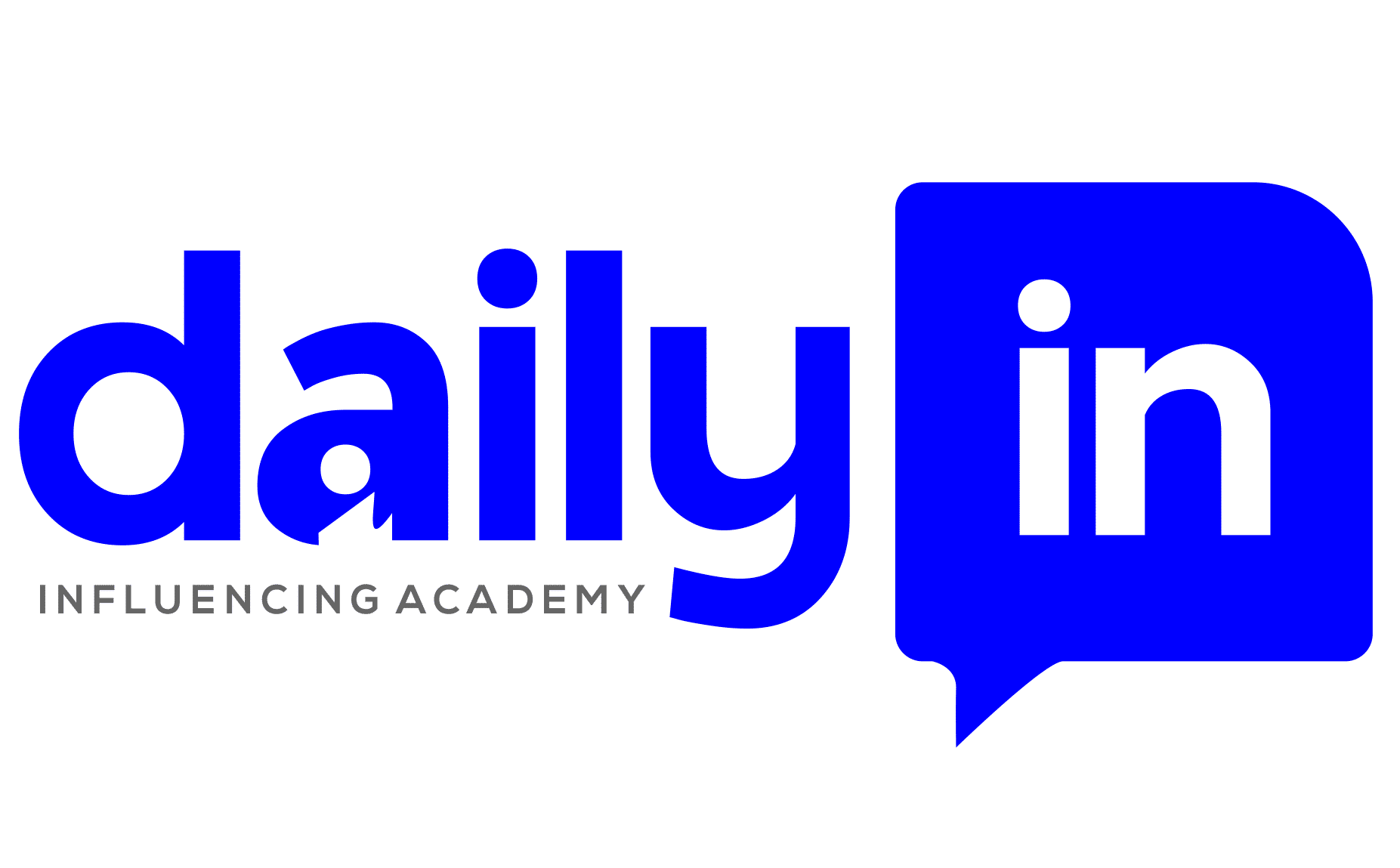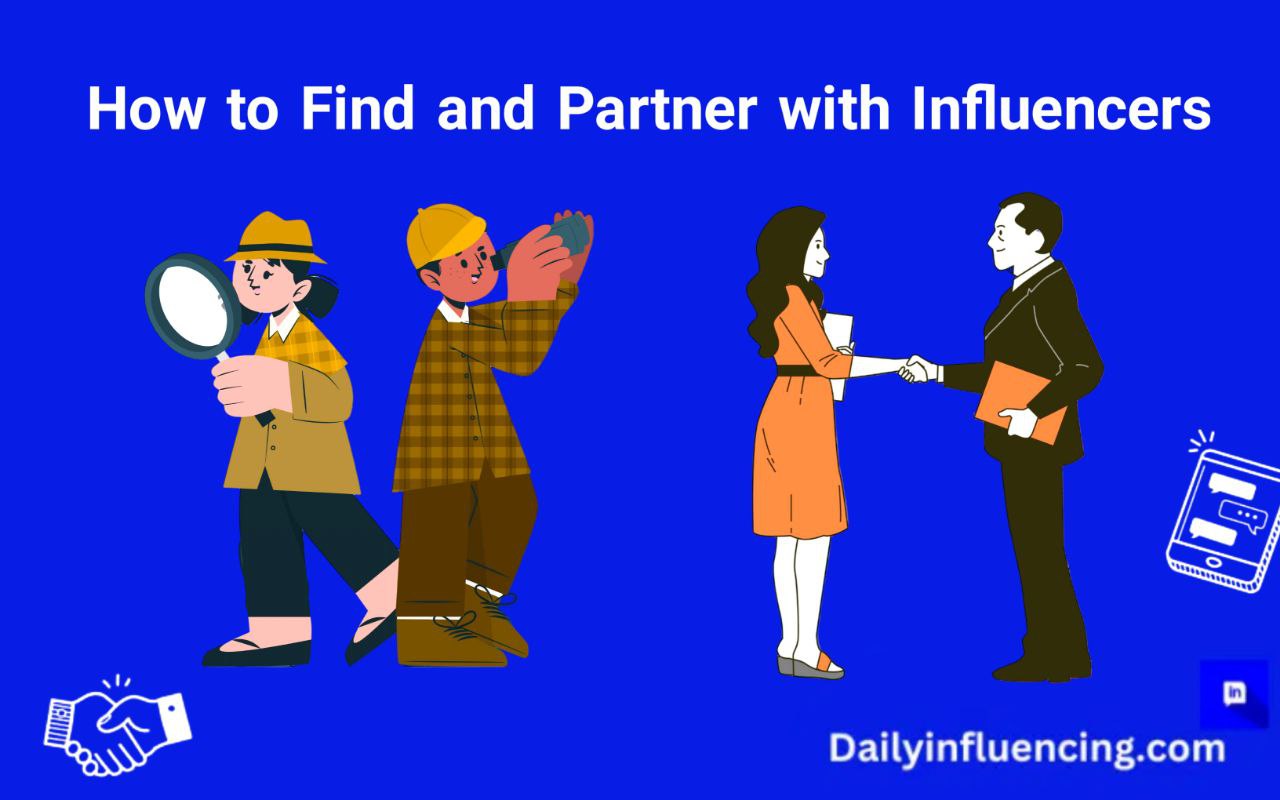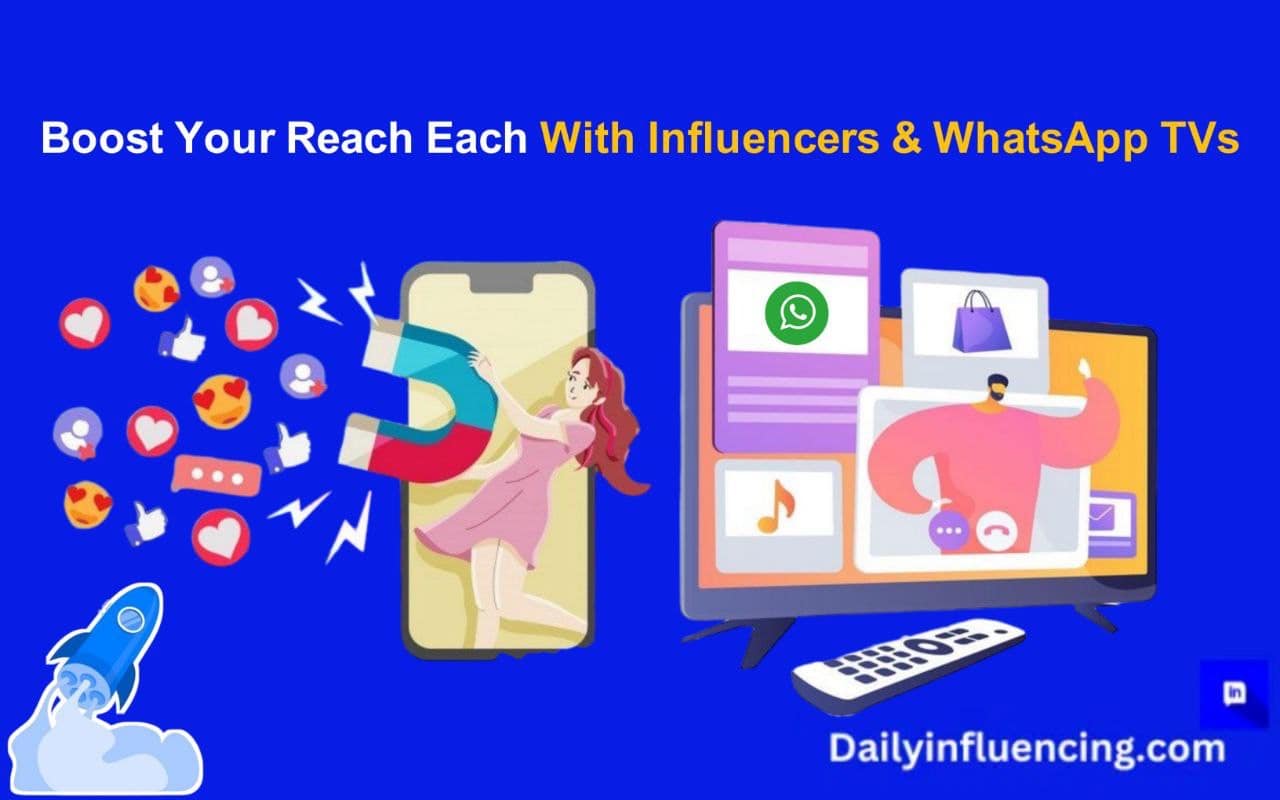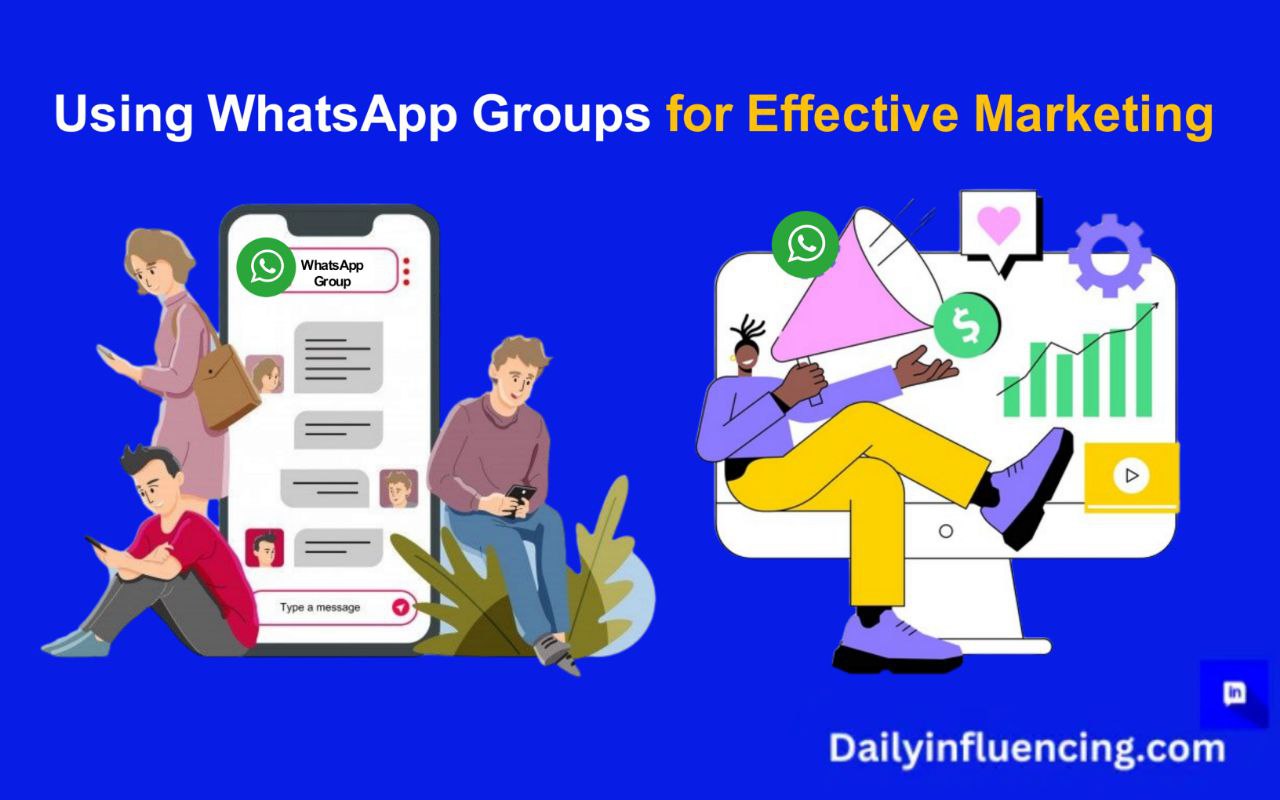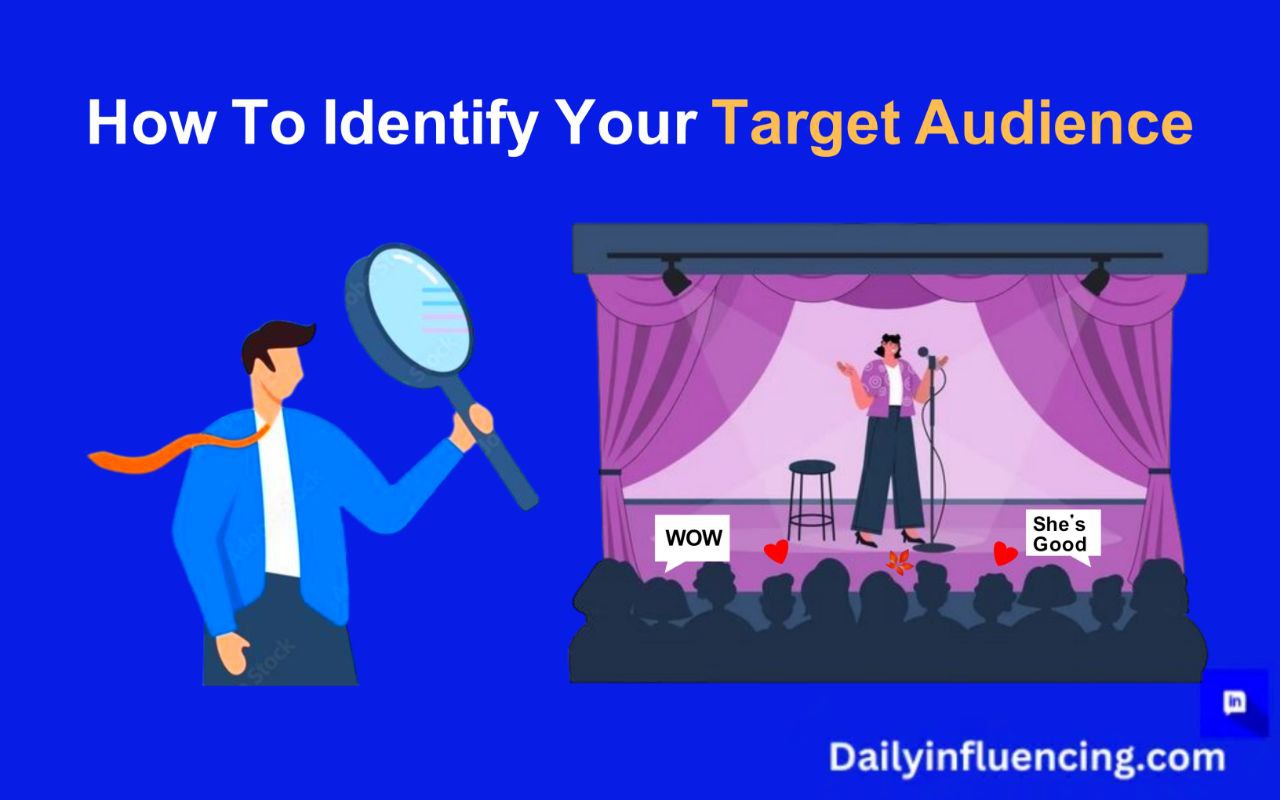
Running marketing campaigns without knowing your target audience is the same as speaking into the void. That is why identifying your Target Audience is the first and most important step to an effective and successful marketing campaign for your brand or business.
With so much competition online, it is important to identify and understand your target audience in order to reduce costs, make data driven decisions, build strong customer relationships and ultimately drive more sales. That is why we will be looking into what a target audience is, why it’s important to identify yours and necessary steps to take to find them.
What Is A Target Audience?
A target audience is a specific group of people that you want to reach with your marketing efforts. This is the group most likely to buy your product or service. This group can be characterized by their demographics, interests and behaviors.
When you know your target audience, marketing campaigns become more targeted and relevant to your potential customers.
Why is Identifying Your Target Audience Important?
You can’t sell to everyone. And definitely not everyone is interested in the product or service you’re offering. When you identify your audience, you can put out campaigns that will engage, appeal and retain them.
Having a great product or service does not cut it, you need to understand who you want to sell those products or services to. Defining your target audience helps you to:
- Create relevant messaging: With the number of businesses and brands online now, you need to create content that speaks directly to your audience and you can’t do this if you don’t know them.
- Choose the right platform: When you identify your audience, you can choose the platform where you know they are mostly active in. This helps you to connect easily with your audience through your messaging.
- Strong Customer relationships: Customers are very skeptical beings especially when they are first time buyers.
But it becomes easy when that customer sees how much you care and how well your product or service is going to solve their problems. This can’t be possible without knowing who you want your product or service to serve.
Identifying your target audience helps you build a strong relationship with your customers. - Creates an advantage over your competitors: Not everyone wants to take the time to research and figure out who their product or service is going to serve. So when you fully understand your audience, you can establish yourself as an authority by tailoring your messages to provide solutions to them. This gives you an edge over your competitors and helps you draw in more people to your business.
Target Audience/ Target Market
Although these terms can be used interchangeably, they do not fully mean the same thing.
A target market comprises of all the potential customers that may be interested in your product or service. Your target market sets the foundation for all your marketing campaigns and business decisions.
A target audience on the other hand, is a subset of your target market. This group is segmented using different categories like age, gender, location and interests.
For instance, if you’re a lifestyle modification brand for diabetes, your target market would be health conscious individuals who do not want to be diabetic while your target audience would be:
- individuals at risk of becoming diabetic.
- individuals who have been diagnosed of the disease for sometime.
- individuals who are not at risk but still want to know more about the disease and how to avoid it.
Understanding this helps you to segment your audience not just for those who need your products immediately, but also for those who you need to nurture so that they can become customers.
Types of Target Audience
The types of target audience are ways you can define who you’re creating a marketing campaign for.
The target audience can be segmented into the following.
1. Demographic segmentation
This segment divides the target market based on observable characteristics such as:
- Age: Age groups have different needs, preferences and buying behavior.
- Gender: This influences your target audience buying decisions especially in areas like fashion, health and electronics.
- Income: This determines the purchasing power which affects the kinds of product or services consumers can afford.
2. Psychographic Segmentation
This divides the market into groups based on psychological factors like:
- Lifestyle: This is harder to measure as it has to deal with how an individual sees himself. For instance, is your target audience an outgoing person, or an introvert?
- Interests: This data drives to find out what these consumers are into. What hobbies do they indulge in. Do they love listening to music or playing sports. Knowing this gives you an edge when it comes to creating relatable and relevant content.
- Values &Attitudes: Figuring out these intangible parts of your target audience helps you create effective marketing campaigns.
When segmenting your target market, you have to be aware of things like how well they prioritize health and family time. Do they like taking risks and how well do they accept change.
For instance, using the health brand again, your target market are health conscious individuals. But you can also segment them based on their values like their integrity and how willing they are to achieve success.
3. Behavioral segmentation
This segmentation divides customers based on their behaviors. Are they first time users or returning customers. Are they loyal to your brand or brand switchers. Do they buy on impulse or make informed decisions before buying?
Combining these elements will help you segment your target market to fit in the different target audiences you have.
It also creates room for putting out targeted content and making informed marketing decisions.
How to Identify Your Target Audience
We’ve looked at the ways your target audience can be segmented. Now it’s time to learn how to use the types above to find your audience in order to be able to put out marketing campaigns that speaks to them directly.
Get a pen and paper, list the following questions down and answer them in a detailed and precise way.
1. Who Are Your Ideal Customers?
Your ideal customers are those people you would love to offer your product or service.
Start by understanding those people that identify with your brand? One way to do this is to track who follows you on social media platforms like Facebook, instagram or LinkedIn. Most times, your target audience might not even know they need your product or service, this is where nurturing comes to play.
2. What Are Their Pain Points And Frustrations?
Understanding the pain points of your target customer is one way to segment them. Is the price of your product/ service something that can hinder some of your ideal customers from becoming full fledged customers?
To identify your potential customers pain points, you have to understand them properly and one of the best ways to do this is by directly asking them questions.
Send direct messages to those people who follow, like, comment and view your profiles on social media.
Do the same with those who have gotten one of your products and ask them if your product served them just the way they wanted.
Getting these feedback helps with segmenting your audience in a way that will accommodate your target market.
You can also use online surveys and platforms like Quora and Reddit to discover what your target audience is talking about.
3. Does Your Product or Service Solve Their Problems?
You already know the people you want to offer your product to. Now you need to make sure your product meets your audience at the point they are in. This is another important way to segment your audience.
For instance, if income is a hinderance for some of your ideal customers, you can decide to run discounts in order to accommodate them.
4. Where Do They Spend Their Time Online and Offline?
Find out the platforms where your target audience spend their time online. You can create a profile there and start putting out targeted content that will attract them. You can also discover where they spend their time offline by understanding their interests i.e; their hobbies and the things they like to engage in.
5. What Are Their Goals And Aspirations.
Can your product grant your ideal customers their goals and aspirations. For instance, if your target audience are trying to get more customers for their business, is the offer you’re putting out going to help them achieve this?
These are necessary questions that should be answered in a detailed way in order to position yourself as the go to for your target audience.
Example Of A Target Audience
For this exercise, we’re going to be using the target audience of businesses trying to get more customers.
Mike is a 45 year old real estate owner who has been in the business for 3 years now.
He has made quite a few sales but mostly finds it hard to close leads. Most of his customers come from referrals. He is the father of 2 kids and lives in the urban area of Massachusetts. When he’s not working, he enjoys hiking, listening to music and playing with his kids. He is an upstanding man who gives his customers the best.
Using this little example, we can understand that Mike’s main problem is closing leads organically. Now, we can put out targeted content aimed at helping Mike. This will in turn help all those facing the same issues as Mike.
And when they see this, they’ll want to work with you because you understand their pain and you have positioned yourself as the expert that will help them move past it to their dream goal.
Conclusion
Your target audience is simply the people you want to offer your product or service to. You can create a detailed buyer persona by researching who they are, what problems they’re facing and the dream outcome they want.
Doing this ultimately helps you generate more leads and turn potential customers into repeat buyers.
